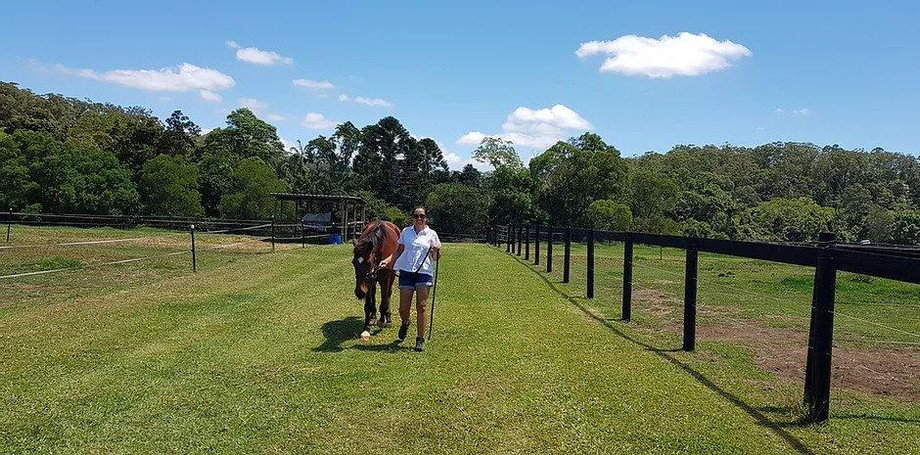For some decades it has been more and more frequent to hear about therapies with animals (dolphins, dogs, cats, horses ). The benefits of these alternative therapies number in the dozens. Many are those who have been helped by these forms of therapy.Moreover, it brings many postural advantages. Indeed, riding a horse causes a series of reactions in the patient's body, which is always in search of its own balance.
The equine therapy queensland can transmit rhythmic impulses to the legs and trunk of the patient, resulting in contractions and relaxation which facilitate the perception of the body itself, the notion of laterality and the maintenance of balance. Finally, the results can be seen in a few sessions and, as the treatment is seen in a fun way for the parents and the patient, the feeling of well-being at the end of the session is easily observable.
What is equine therapy or horse therapy?
Equine Therapy Australia is a non-conventional complementary therapeutic alternative that the horse uses to provide people with special needs with new benefits different from those already provided by traditional treatments.

This type of Equine Assisted Therapy Australia adopts a multidisciplinary perspective (encompasses the fields of medicine, psychology, pedagogy and sports) and works on the whole person to improve their physical, sensory, psychological, emotional and social development.
The objectives established for each user are set by the team that intervenes on the basis of an observation and a previous diagnosis.
His temperament must be obedient, submissive and calm. It must be used to different sounds and movements, it must remain motionless when the person mounts and dismounts, it must obey the verbal orders of the horse-bearer, it must admit to being touched anywhere on the body, etc.
Social equine therapy:
Horse Therapy Sunshine Coast applied to people with social and emotional problems. Specifically, it is aimed at people with learning disorders, mood disorders, sleep disorders, behaviour disorders, eating disorders, and social disorders.
Therapeutic horse riding:
The equine therapy qld applied to people with mental disabilities, which lead to learning problems or social adaptation problems. Specifically, it is aimed at people with learning disorders, behaviour disorders, generalized developmental disorders, intellectual disabilities
Hippotherapy:
Equine Assisted Therapist applied this therapy on people with physical disabilities (congenital or acquired). Specifically, it is aimed at people with brain damage, head trauma, hemiplegia, cerebral palsy, cerebrovascular accident, ataxia, muscular dystrophy, multiple sclerosis, Parkinson's, psychomotor retardation ...
Social riding:
Therapy applied to the general population that takes advantage of the therapeutic and educational aspects that contact with the horse provides.
Adapted Dressage:
The para-equestrian sport discipline offers athletes with some type of physical or sensory disability to compete in Adaptive Dressage. Riders and riders are classified in degrees according to their disability so that in this way they compete in a more equitable way. After a medical classification, athletes become part of one of the following five grades: I, II, III, IV and V. Those riders or Amazons with the greatest disability form part of grade I, and in the opposite group, that is in V, those with less disability.